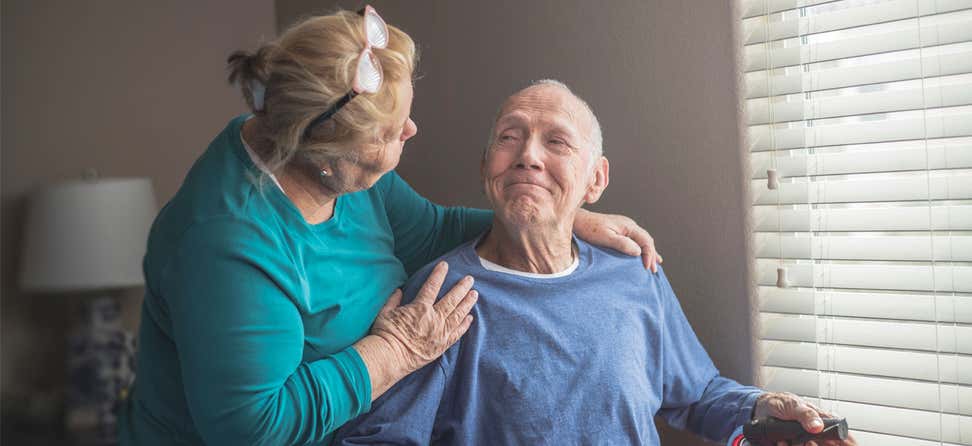Key Takeaways
House appropriators aim to have all 12 FY21 funding bills approved by the end of July. Senate appropriators have not yet announced their schedule.
The bill to support a significant number of aging services programs includes only modest increases.
Learn more about the priority issues that rely on annual appropriations and how you can make your voice heard by taking action.
House appropriators are acting quickly to move FY21 funding bills through the committee process and floor debate. They aim to have all twelve pieces of legislation approved by the end of July.
The bill that invests in a significant number of aging services programs, the Labor-HHS-Education Appropriations bill, includes modest increases for most Older Americans Act (OAA) programs, including $5 million for the Senior Community Service Employment Program (SCSEP), as well as $2 million for the State Health Insurance Assistance Program.
Unfortunately, Healthy Aging programs such as OAA health promotion and disease prevention, falls prevention, and Chronic Disease Self-Management Education (CDSME) are only level-funded.
You can see more information about these funding levels in our FY21 Aging Program Funding table.
Senate Appropriators have not yet announced their schedule. The appropriations process wasn’t expected to be complete until after the November elections, during the lame duck session at the earliest. That means all programs will be getting level-funded under a Continuing Resolution as FY21 starts on October 1, and until House-Senate negotiations produce compromise appropriations bills with final funding levels.
What About the COVID-19 Relief Bill?
The FY21 appropriations process has to abide by the terms of the budget agreement that raised the budget caps set a decade ago and eliminated the threat of sequestration’s across-the-board cuts for a final time. It also means that only $5 billion is available to provide much-needed investments in any of the non-defense programs that rely on annual appropriations.
The relief bills crafted to help individuals during the pandemic provide “emergency” spending. It’s intended to support immediate, short-term responses to health crises, severe economic downturns, and disasters. This is why we’ve seen investments than we usually see in regular appropriations bills to help people put food on the table, keep the lights on and pay the rent, and get much-needed health care.
More needs to be done, both for the short-term and long term.
Our Action Center provides more about the current debate in Congress. We urge you to make your voice heard by taking action on these priority issues.











